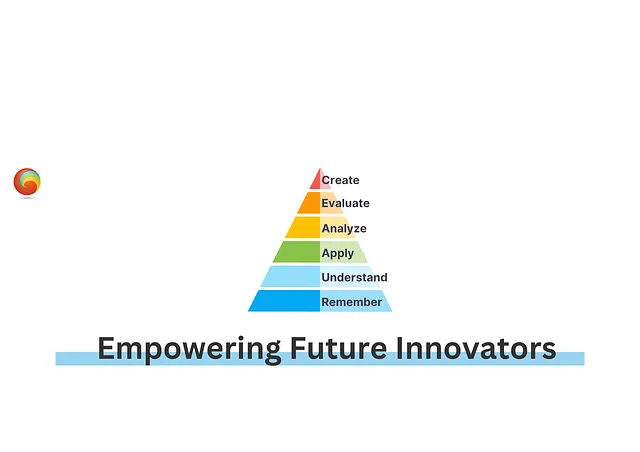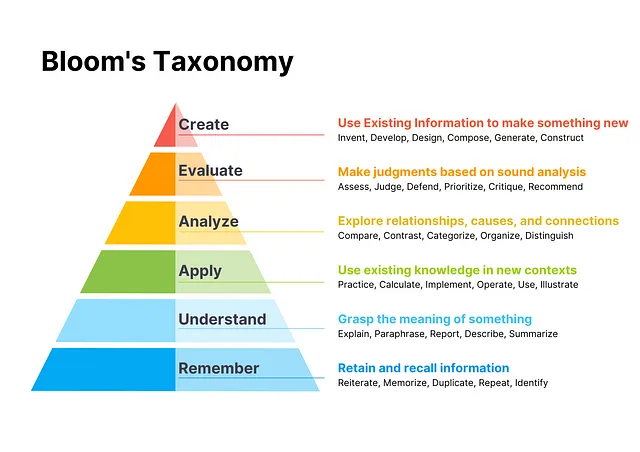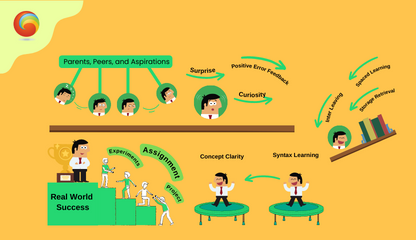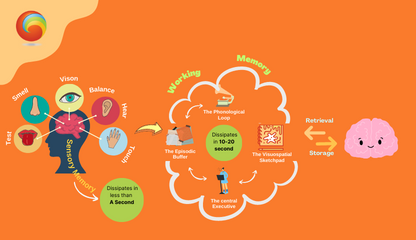Empower Innovators: Train & Teach Full Stack Dev

In today’s technology-driven world, full-stack development has emerged as a highly sought-after skill set. Full-stack developers possess a deep understanding of both front-end and back-end technologies, enabling them to create fully functional web applications.
As educators, it is crucial to equip aspiring developers with the knowledge, skills, and attributes required to excel in this field. By integrating graduate attributes, Outcome-Based Education (OBE), Bloom’s Taxonomy, and the associated verbs, we can create a comprehensive framework for training and teaching full-stack development.
As educators, it is crucial to equip aspiring developers with the knowledge, skills, and attributes required to excel in this field. By integrating graduate attributes, Outcome-Based Education (OBE), Bloom’s Taxonomy, and the associated verbs, we can create a comprehensive framework for training and teaching full-stack development.
This blog provides a detailed guide on how to nurture well-rounded full-stack developers using a holistic approach.

Identifying Graduate Attributes:
- Technological Knowledge:
- Problem Solving and Innovation:
- Collaboration and Communication:
- Ethical Awareness:
- Lifelong Learning:
Ensure students grasp the fundamentals of front-end and back-end technologies, including HTML, CSS, JavaScript, server-side programming languages (e.g., Python, Ruby, or Node.js), databases, and frameworks like React, Angular, or Express.
Foster students’ ability to analyze complex problems, think critically, and develop innovative solutions using full-stack technologies. Encourage them to approach challenges creatively and explore alternative approaches.
Cultivate effective teamwork and communication skills, as full-stack development often involves collaborating with other developers, designers, and stakeholders. Emphasize the importance of effective communication, active listening, and constructive feedback.
Instill a sense of ethical responsibility and digital citizenship among students. Discuss the ethical implications of full-stack development, such as data privacy, security vulnerabilities, and inclusive design principles.
Encourage students to embrace continuous learning, adapt to emerging technologies, and stay updated in the rapidly evolving field of full-stack development. Foster a growth mindset and emphasize the value of self-directed learning.
Outcome-Based Education (OBE) and Bloom’s Taxonomy
- Remember and Understand:
- Apply and Analyze:
- Evaluate and Create:
Introduce key concepts, terminologies, and frameworks relevant to full-stack development. Help students remember and understand the foundations of front-end and back-end technologies, such as HTML tags, CSS selectors, JavaScript functions, or database querying.
Encourage students to apply their knowledge by working on practical projects that involve developing full-stack applications. Assign coding exercises and projects that challenge them to apply their skills, analyze problems, identify potential bottlenecks, and optimize their solutions.
Foster critical thinking by evaluating different full-stack development approaches, frameworks, and technologies. Encourage students to evaluate the pros and cons of various choices and make informed decisions. Provide opportunities for them to create innovative and functional full-stack applications, integrating front-end and back-end components seamlessly.
Teaching Strategies
To effectively train and teach full stack development, employ a range of instructional strategies that cater to different cognitive levels and engage students actively:
- Lectures and Demonstrations:
- Hands-on Projects and Coding Exercises:
- Collaborative Learning and Peer Feedback:
- Case Studies and Industry Examples:
- Formative and Summative Assessments:
Provide theoretical knowledge through lectures, explaining concepts, and demonstrating code examples. Use visual aids, interactive presentations, and live coding sessions to enhance understanding.
Assign projects and coding exercises that involve developing real-world full-stack applications. Encourage students to build projects from scratch, following industry best practices and applying their knowledge to solve practical problems.
Promote collaboration by assigning group projects that require students to work together on full-stack development tasks. Encourage them to exchange ideas, share code, and provide constructive feedback to enhance their communication, teamwork, and collaborative coding abilities.
Present case studies and real-world examples of successful full-stack applications. Discuss best practices, common challenges, and ethical considerations. Engage students in analyzing and discussing these examples to deepen their understanding of practical full-stack development scenarios.
Use a mix of formative and summative assessments to gauge students’ progress. Incorporate quizzes, coding assessments, and project evaluations to provide timely feedback and measure their attainment of learning outcomes.
Conclusion:
Training and teaching full-stack development require a comprehensive approach that combines graduate attributes, Outcome-Based Education, Bloom’s Taxonomy, and associated verbs.
By aligning learning outcomes with the desired graduate attributes and integrating the various levels of Bloom’s Taxonomy, educators can nurture well-rounded full-stack developers. Remembering and understanding build the foundation, applying and analyzing promote practical problem-solving skills; and evaluating and creating foster critical thinking and innovation.
By employing suitable teaching strategies, we empower students to become proficient full-stack developers capable of creating impactful digital solutions in the technology landscape.
Frequently Asked Questions
- What is the significance of full-stack development skills in tech industry?
-
Full-stack development skills are important today because they enable professionals to build complete web applications. Full-stack developers understand both the visible parts of a website (front-end) and the hidden workings (back-end). This versatility is crucial for businesses to efficiently create web apps, stay competitive, and adapt to changes in the digital world.
-
- Explain the role of server-side programming languages in full-stack development, and how do they interact with front-end technologies?
-
Server-side programming languages in full-stack development, such as Python, Ruby, or Node.js, play a critical role in handling server logic and data management. They interact with front-end technologies through APIs (Application Programming Interfaces). When a user interacts with a web application, the front-end sends requests to the server, which processes these requests using server-side code. The server then returns the necessary data to the front-end for display. This interaction allows for dynamic and data-driven web applications, with the server handling tasks like database queries, authentication, and business logic.
-
- What are some key skills that aspiring full-stack developers should possess?
-
Aspiring full-stack developers should aim to:
- Understand key technologies like HTML, CSS, JavaScript, and databases.
- Be adept problem solvers and innovators.
- Communicate and collaborate effectively.
- Practice ethical responsibility in their work.
- Commit to lifelong learning and staying updated in tech.
-
- What are the different cognitive levels of Bloom's Taxonomy applied in teaching full-stack development?
-
Bloom's Taxonomy, applied in teaching full-stack development, includes:
- Remember and Understand: Teaching foundational knowledge.
- Apply and Analyze: Encouraging practical problem-solving.
- Evaluate and Create: Promoting higher-order thinking and innovation.
-
- What training strategies can be used to effectively train full-stack developers?
-
Some training strategies for full-stack development are:
- Lectures and Demonstrations: Explaining concepts with visuals and examples.
- Hands-on Projects and Coding Exercises: Learning by doing real-world projects.
- Collaborative Learning and Peer Feedback: Teamwork and constructive critique.
- Case Studies and Industry Examples: Real-world scenarios and best practices.
- Formative and Summative Assessments: Ongoing and final evaluations to measure progress.
-



